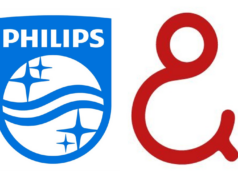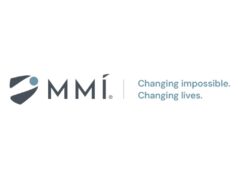
A nationwide study drawing on data from Swedish patients has indicated that—while the majority of ruptured intracranial aneurysm patients treated with microsurgery experienced favourable outcomes—intraoperative adverse events were associated with an increased risk of unfavourable outcomes.
Writing in the Journal of Neurology, Neurosurgery and Psychiatry (JNNP), Bryndís Baldvinsdóttir (Lund University, Lund, Sweden) and colleagues put forth that adverse events and complications can arise with microsurgical treatment of aneurysmal subarachnoid haemorrhages (SAH). As such, their study aimed to not only identify adverse events associated with microsurgical occlusion of ruptured brain aneurysms, but also to analyse their risk factors and how they impact functional outcomes.
Detailing their methodology, the authors state that patients with aneurysmal SAH, admitted to neurosurgical centres in Sweden, were prospectively registered across a 3.5-year time period—from 2014 to 2018.
Adverse events were categorised as being either intraoperative or postoperative. A range of variables relating to patient history and SAH characteristics were explored, Baldvinsdóttir and colleagues also note, as the potential risk factors for these adverse events. Functional outcomes were assessed roughly one year after the occurrence of an SAH using the extended Glasgow Outcome Scale.
The authors report that a total of 1,037 patients were treated for ruptured aneurysms in their study cohort—with 322 of these undergoing a microsurgical procedure. There were 105 surgical adverse events across 97 of these patients (30%), 94 of which occurred intraoperatively in 79 patients (25%).
Homing in on the adverse events they observed, Baldvinsdóttir and colleagues’ JNNP paper details that aneurysm re-rupture occurred in 43 patients (13%); temporary occlusion of the parent artery for more than five minutes occurred in 26 patients (8%); and adjacent vessel injury occurred in 25 patients (8%).
Higher grades on the Fisher scale—a metric used to classify the extent of SAH on medical imaging—as well as brain oedema on computed tomography (CT) scans were related to an increased risk of adverse events.
The authors further found that, at follow-up, 38% of the patients experienced an unfavourable outcome. Those patients who did suffer adverse events were more likely to experience unfavourable outcomes (odds ratio [OR] 2.3, 95% confidence interval [CI] 1.36 to 4.06).
As such, Baldvinsdóttir and colleagues conclude by reiterating that intraoperative adverse events occurred in 25% of ruptured intracranial aneurysms in patients who underwent treatment via microsurgery and that these patients were more likely to experience unfavourable outcomes.
“The key take-home message from this study, in my opinion, is the importance of awareness of possible adverse events related to the microsurgical occlusion of a ruptured brain aneurysm,” noted Baldvinsdóttir, in conversation with NeuroNews. “In our study, we present results on how temporary occlusion for more than five minutes can have a significant negative impact on patient outcome. We find the results can be relevant for the selection of which treatment modality is most suitable for patients with ruptured brain aneurysms.”










